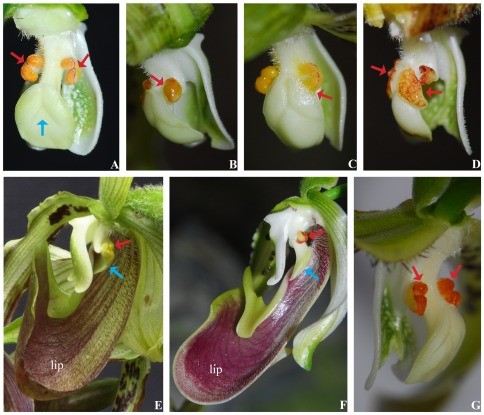Figure 1. Pollination mechanism of P. parishii.
(A) Structural characteristics of the column. The distance between the anther (red arrow) and stigma (blue arrow) is 2 mm to 3 mm (Figures 1B and 1E). (B) The flower moves backward and upward, making the both of anthers and the lateral lobes of the stigma lie in a horizontal plane, and solid-state pollinia begin to liquefy (red arrow). (C) The anther continues to liquefy close to the stigma and touches its margin (red arrow). (D) The anther liquid spreads onto the receptive surface of the stigma (red arrow). (E) Floral morphology and structure. The anther and stigma are shown in red and blue arrows, respectively. (F) Floral morphology and structure of P. dianthum pollinated by hoverflies. The anther and stigma are shown in red and blue arrows, respectively. (G) The column of P. dianthum, whose anthers do not liquefy (red arrow).

